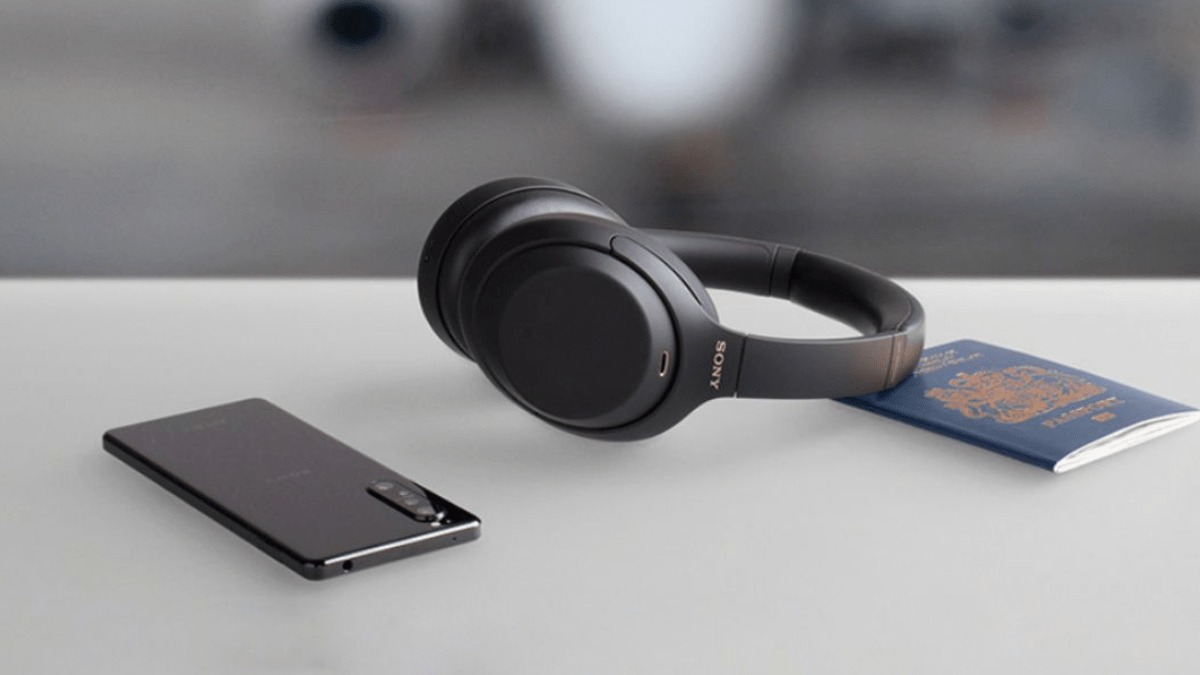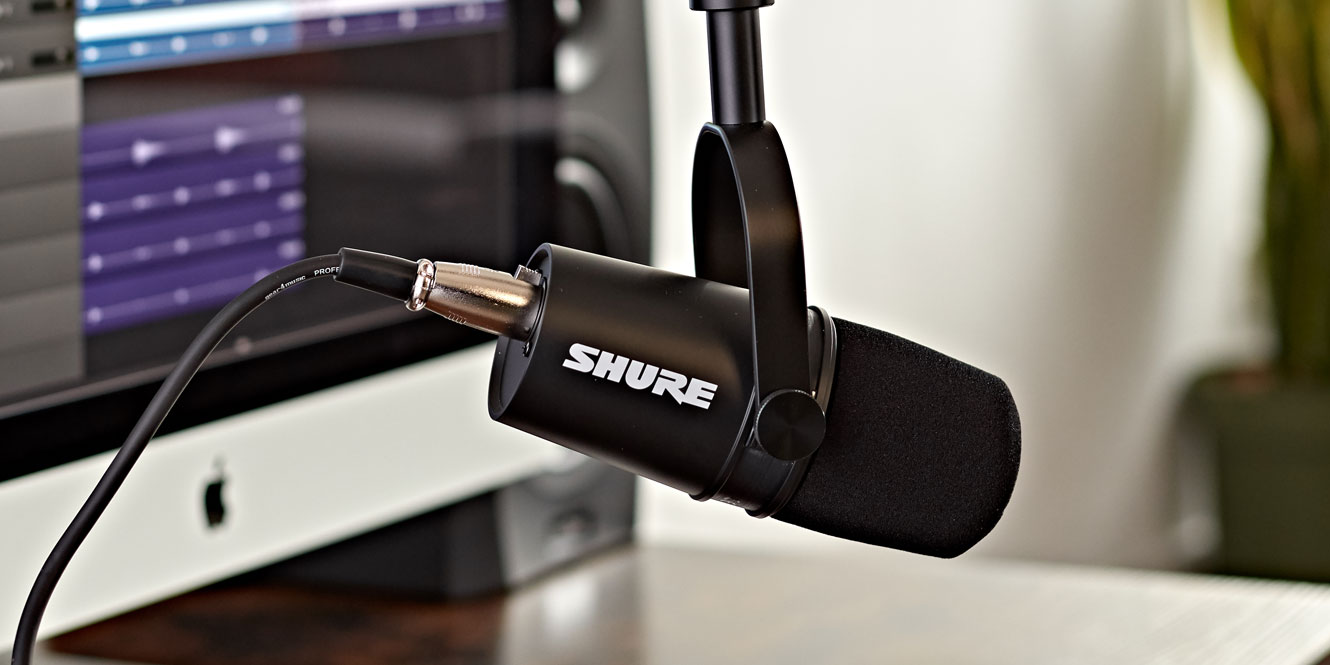Home>Production & Technology>Noise Cancellation>Which Noise Cancellation Is Best For Calls


Noise Cancellation
Which Noise Cancellation Is Best For Calls
Modified: January 22, 2024
Discover the best noise cancellation technology for crystal clear calls. Compare different options and choose the perfect one for you.
(Many of the links in this article redirect to a specific reviewed product. Your purchase of these products through affiliate links helps to generate commission for AudioLover.com, at no extra cost. Learn more)
Table of Contents
Introduction
Noise cancellation has become an essential feature in today’s fast-paced and constantly connected world. Whether we are making important business calls or having a conversation with loved ones, background noise can often disrupt the clarity and effectiveness of our conversations. This is where noise cancellation technology comes into play, revolutionizing the way we communicate.
The primary purpose of noise cancellation technology is to eliminate or reduce unwanted background noise, ensuring a clear and uninterrupted call experience. By isolating the user’s voice and minimizing ambient noise, noise cancellation technology enables individuals to focus on the conversation at hand, regardless of the environment they are in.
There are various noise cancellation technologies available in the market, each with its unique strengths and capabilities. From passive noise cancellation to active noise cancellation, understanding the different technologies and their effectiveness is crucial in selecting the best option for calls.
In this article, we will explore the different noise cancellation technologies available and compare their effectiveness in call settings. We will also discuss the factors to consider when choosing a noise cancellation technology and determine which one is the best option for calls.
Noise Cancellation Technologies
When it comes to noise cancellation technologies, there are primarily two main types: passive noise cancellation and active noise cancellation.
Passive noise cancellation relies on physical barriers and design elements to block out external noise. This can include features such as padded ear cups or in-ear design that creates a tight seal. By effectively sealing off the ear canal, passive noise cancellation reduces the overall volume of external noise reaching the ear.
Active noise cancellation, on the other hand, takes noise cancellation to the next level by utilizing advanced technology. Active noise cancellation devices are equipped with microphones that pick up external noise and create an opposing sound wave to cancel it out. This inverse sound wave is then played through the device’s speakers, effectively neutralizing the incoming noise. This technology is particularly useful in environments with continuous or low-frequency noise, such as airplane cabins or busy office spaces.
Active noise cancellation technology incorporates sophisticated algorithms that analyze the incoming sound waves in real-time and generate the corresponding counter-wave. This adaptive approach ensures that the cancellation is tailored to specific frequencies and noise patterns. It is worth noting that active noise cancellation works best for constant or predictable noise rather than sudden or impulsive sounds.
Both passive and active noise cancellation technologies have their pros and cons. Passive noise cancellation is effective in reducing high-frequency noise and can be found in a wide range of headphones and earphones. It does not require any additional power source as it relies solely on the design and materials used. On the other hand, active noise cancellation provides a more comprehensive noise reduction experience and is often found in premium headphones and headsets. However, it does require power to operate and can be more expensive than passive noise cancellation devices.
Now that we have explored the different noise cancellation technologies, let’s move on to comparing their effectiveness in call settings.
Comparison of Different Noise Cancellation Technologies
When evaluating the effectiveness of different noise cancellation technologies for calls, several factors come into play. Here, we will compare passive noise cancellation and active noise cancellation in terms of their performance in call settings.
Passive Noise Cancellation:
- Passive noise cancellation works by physically blocking external sounds, making it effective in reducing high-frequency noise. It relies on design features such as padded ear cups or in-ear seals to create a barrier against ambient noise.
- Passive noise cancellation is suitable for environments with constant background noise, such as a busy office or a coffee shop, as it can help reduce distractions during calls.
- However, passive noise cancellation may not be as effective in environments with low-frequency or unpredictable noise, as it primarily focuses on blocking out high-frequency sounds.
Active Noise Cancellation:
- Active noise cancellation goes beyond physical barriers by using microphones and advanced algorithms to actively counter incoming noise.
- Active noise cancellation adapts to different noise patterns and frequencies, making it effective in reducing a wider range of sounds, including low-frequency noise.
- This technology is particularly valuable in environments with constant or predictable noise, such as airplane cabins, where it can significantly improve call clarity.
- However, sudden or impulsive sounds may still be audible, as active noise cancellation devices may take a short moment to generate the counter-wave.
Overall, both passive and active noise cancellation technologies have their strengths and limitations. Passive noise cancellation is more widely available and can provide a good level of noise reduction in certain environments. Active noise cancellation, on the other hand, offers a more comprehensive and adaptive solution, ideal for environments with a variety of noise sources.
Ultimately, the choice between passive and active noise cancellation depends on the specific needs of the user and the environment in which the calls will take place.
Now that we have compared the different noise cancellation technologies, let’s explore the factors to consider when choosing a noise cancellation technology for calls.
Factors to Consider for Noise Cancellation in Calls
When selecting a noise cancellation technology for calls, it is important to consider several factors to ensure an optimal experience. Here are some key factors to keep in mind:
Environment:
- Consider the typical environment in which your calls will take place. If you are frequently in noisy environments such as open office spaces or coffee shops, active noise cancellation technology may be more effective at reducing ambient noise and enhancing call clarity.
- If you primarily make calls in quieter environments, passive noise cancellation might be sufficient to minimize distractions.
Call Duration:
- Take into account the duration of your calls. If you frequently have long conference calls or meetings, consider a noise cancellation technology that provides better comfort and breathability, as well as enhanced clarity over extended periods.
Call Type:
- If your calls involve critical and sensitive conversations, such as business negotiations or confidential discussions, opt for a noise cancellation technology that ensures the highest level of call privacy and security.
Battery Life:
- If you choose an active noise cancellation device, check the battery life. Ensure it has sufficient power to support your call duration and any additional usage throughout the day without frequent recharging.
Budget:
- Consider your budget when selecting a noise cancellation technology. Active noise cancellation devices are generally more expensive than those with passive noise cancellation, so determine the features and level of noise reduction that best align with your budget.
By considering these factors, you can narrow down your options and choose a noise cancellation technology that suits your specific needs and preferences for call environments.
Now, let’s determine the best noise cancellation technology for calls based on the factors discussed.
Best Noise Cancellation Technology for Calls
When it comes to determining the best noise cancellation technology for calls, it ultimately depends on the specific requirements and preferences of the user. However, considering the factors mentioned earlier, we can make some recommendations:
Active Noise Cancellation:
Active noise cancellation technology is ideal for individuals who frequently make calls in noisy environments or those who value the highest level of noise reduction. It excels in reducing both high-frequency and low-frequency noise, offering a more immersive and distraction-free call experience. If your budget allows for a higher-end device, consider investing in active noise cancellation technology for optimal call clarity.
Passive Noise Cancellation:
Passive noise cancellation technology is a suitable choice for individuals who primarily make calls in relatively quieter environments or who are more budget-conscious. It effectively reduces high-frequency noise, making it suitable for environments with consistent background noise. Passive noise cancellation is widely available in a range of headphones and earphones, making it accessible to many users.
It is important to note that the effectiveness of noise cancellation technology may vary among different brands and models. It is recommended to read reviews and consider user feedback to ensure the device you choose meets your specific needs and expectations for call clarity.
Ultimately, the best noise cancellation technology for calls is one that aligns with your environment, call duration, budget, and overall preferences. By carefully considering these factors and understanding the capabilities of different noise cancellation technologies, you can make an informed decision that enhances your call experience.
Now, let’s conclude our discussion on noise cancellation technologies for calls.
Conclusion
Noise cancellation technology has undoubtedly transformed the way we communicate in today’s world. Whether it’s important business calls or personal conversations, having a clear and uninterrupted communication experience is crucial. Understanding the different noise cancellation technologies available can help us make informed decisions when it comes to selecting the best option for calls.
In this article, we explored the two primary types of noise cancellation technologies: passive noise cancellation and active noise cancellation. Passive noise cancellation relies on physical barriers and design elements to block out external noise, while active noise cancellation uses advanced algorithms to actively counter incoming noise. Both technologies have their strengths and limitations, with active noise cancellation providing a more comprehensive and adaptive solution.
When considering noise cancellation technologies for calls, it’s important to take into account factors such as the environment in which calls will be made, call duration, call type, battery life, and budget. By evaluating these factors, users can determine the most suitable noise cancellation technology that aligns with their specific needs and preferences.
While active noise cancellation technology offers the highest level of noise reduction and adaptability, passive noise cancellation can be effective in certain environments with constant background noise. Ultimately, the best noise cancellation technology for calls depends on individual requirements and preferences.
Before making a final decision, it is advisable to research and read reviews to ensure the chosen noise cancellation device delivers on its promises and meets personal expectations.
With the right noise cancellation technology in place, individuals can enjoy clearer, more focused, and productive calls, regardless of the surrounding noise. Embracing these technological advancements ultimately enhances our communication experiences and makes it easier to connect with others in any setting.











